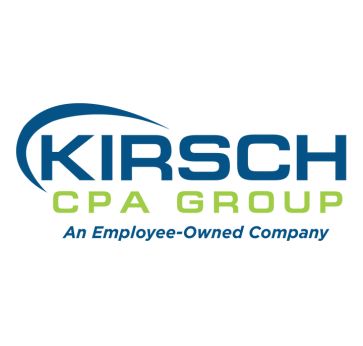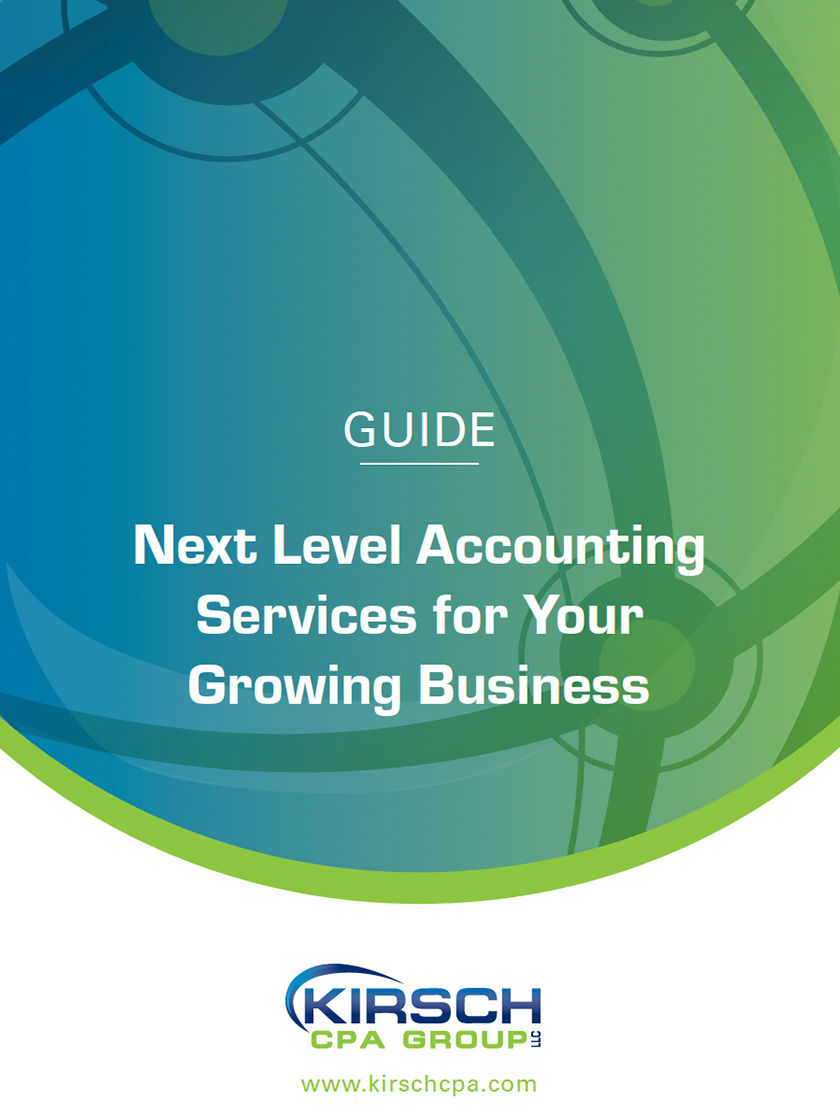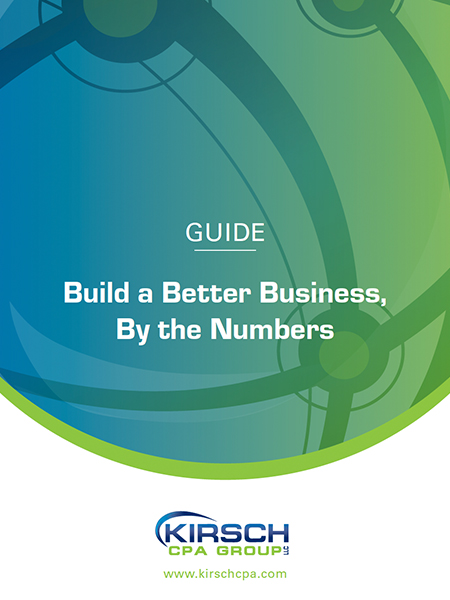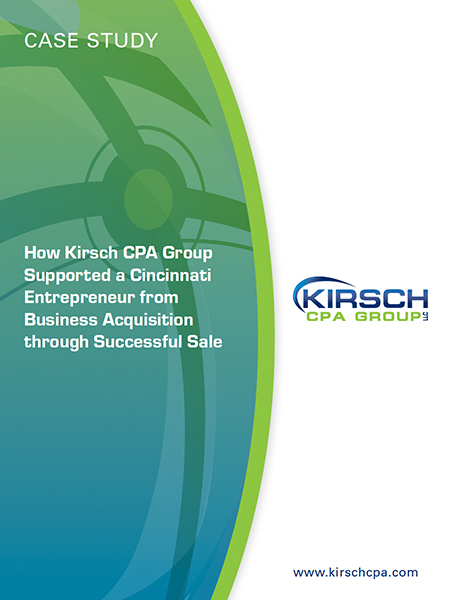Practical Examples of QSB Gain Exclusion Post-OBBBA
Kirsch CPA Group
Oct 01, 2025

Qualified small business (QSB) stock offers valuable tax-saving opportunities, especially with the enhanced gain exclusion limits under the One Big Beautiful Bill Act (OBBBA) taking effect in 2025. Here are two examples demonstrating how the gain exclusion limitations apply under both the previous and new rules.
Examples Applying the Gain Exclusion Limitations
Excludable qualified small business (QSB) stock sale gains are subject to a limitation rule. (See main article.) To apply these limitations, you must first apply the applicable gain exclusion percentage to the gain. The result is the eligible gain amount. Then you must apply the two gain exclusion limitations. These two examples show how this would work for shares acquired after July 4, 2025.
1. Eligible gain subject to 10-times-the-basis limitation. Sophia is a single filer. On December 1, 2029, she sells QSB stock that she acquired for $2 million on September 15, 2025. The sales price of the shares is $52 million, resulting in a gain of $50 million ($52 million – $2 million). The gain exclusion percentage is 75% because the stock was held for more than four years but less than five years. So, the eligible gain amount is $37.5 million ($50 million × 75%).
The next step is to apply the gain limitations. The maximum amount of gain that Sophia can exclude is $20 million. That’s the lesser of 1) the $37.5 million eligible gain, or 2) the greater of the two limitations. In this scenario, the greater of the two limitations is $20 million (10 x $2 million), which is more than the other limitation of $15 million.
After applying the gain limitations, Sophia can exclude $20 million of her $50 million gain. The remaining $30 million of the gain is a taxable long-term capital gain ($50 million – $20 million). (This example ignores the fact that the $15 million gain limitation will be increased by annual inflation adjustments after 2026.)
2. Eligible gain subject to the $15 million limitation. Brock is a married joint filer. On December 1, 2029, he sells QSB stock that he acquired for $200,000 on September 15, 2025. The sales price of the shares is $40.2 million, resulting in a gain of $40 million. The gain exclusion percentage is 75% because the stock was held for more than four years but less than five years. So, the eligible gain amount is $30 million ($40 million × 75%).
The next step is to apply the gain limitations. The maximum amount of gain that Brock can exclude is $15 million. That’s the lesser of 1) the $30 million eligible gain, or 2) the greater of the two limitations. In this scenario, the greater of the two limitations is $15 million, which is more than the 10-times-the-basis limitation of $2 million (10 x $200,000).
After applying the gain limitations, Brock can exclude $15 million of his $40 million gain. The remaining $25 million of the gain is a taxable long-term capital gain ($40 million – $15 million). (Again, this example ignores the fact that the $15 million gain limitation will be increased by annual inflation adjustments after 2026.)
Schedule an appointment to learn how we can support you
© Copyright 2025. All rights reserved.
More Resources

About The Author
Kirsch CPA Group is a full service CPA and business advisory firm helping businesses and organizations with accounting,…
Sign Up for Email Updates
Tags
Accounting & Financial News

Tax Law Changes: 10 Provisions Employers Need to Know
The One Big Beautiful Bill Act (OBBBA) includes a number of tax law changes that affect employers.…




